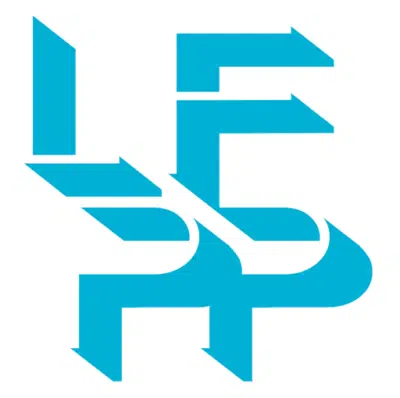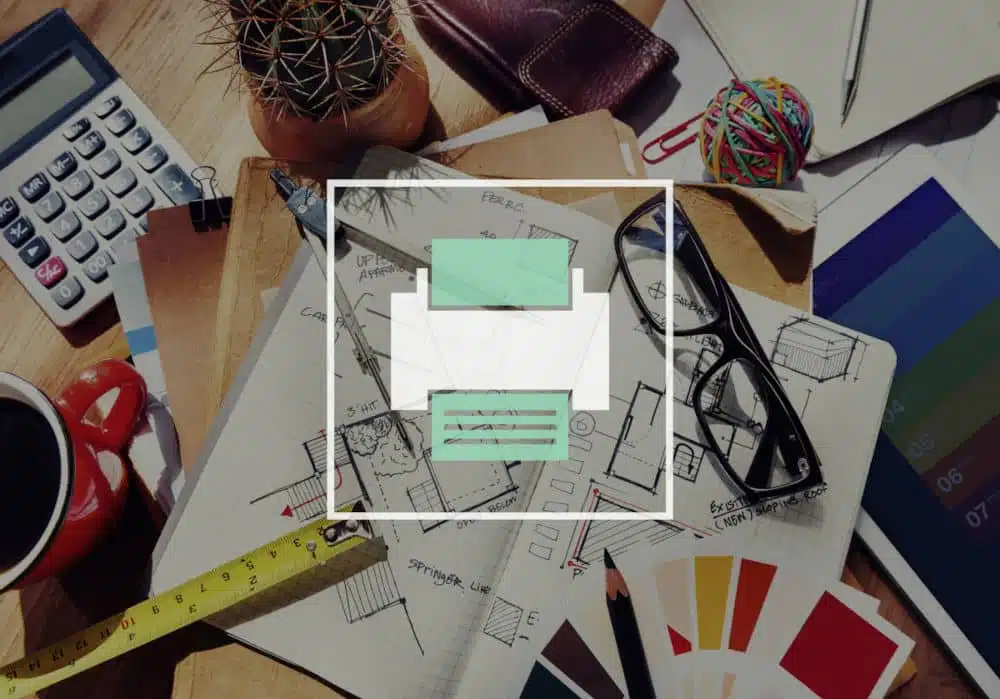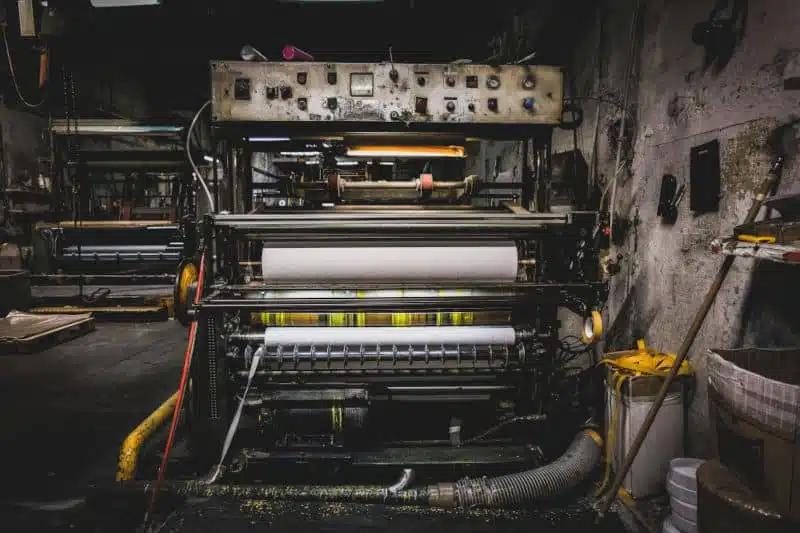Printalk
Large Format Printer Buyer’s Guide
Estimated reading time: 14 minutes
How Do I Choose the Right Printer for My Business: A Guide for Business Owners
Selecting the right printer for your business is not an easy thing. If you are reading this article, you are probably considering purchasing a large format printer but you still have a lot of questions. And we understand you perfectly well! A large format printer is a significant investment and you have to ask yourself the right questions to get the best that money can buy and improve your profitability. Establishing your needs – in terms of applications, functionality and performance – is key. In this article, we will walk you through the process of choosing the wide format printer that better suits you.
6 Key Points to Consider Before Acquiring a Large Format Printer
1. What Do I Need to Print?
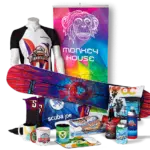
There are several different technologies available, each designed to meet specific needs and applications.
- Solvent & Eco Solvent: Printers Solvent printers are popular for outdoor advertising because they use inks that are resistant to fading and weathering. These printers use a combination of solvents and pigments to produce vibrant colors that are durable enough to withstand exposure to the elements. Solvent printers are ideal for producing banners, billboards, and other large-scale graphics that will be displayed outdoors.
- Aqueous Inkjet Printers: Aqueous inkjet printers use water-based inks that are more environmentally friendly than solvent inks. These printers are popular for producing indoor graphics, such as trade show displays, point-of-purchase displays, and murals. Aqueous inkjet printers are also suitable for producing fine art prints and photographic prints.
- UV–Based Flatbed Printers: UV-based flatbed printers use ultra violet (UV) light to cure inks that are printed onto a flat surface. These printers are popular for producing rigid signs and graphics, such as acrylic signs, foam board signs, and corrugated plastic signs. UV-based flatbed printers are also suitable for printing directly onto a wide range of substrates, including wood, metal, and glass.
- Dye Sublimation Printers: Dye sublimation printers use heat to transfer dye from a ribbon onto a substrate. These printers are popular for producing custom-printed fabric graphics, such as flags, banners, and trade show displays. Dye sublimation printers are also suitable for printing onto hard surfaces, such as ceramics, metals, and plastics.
- Latex Printers: Latex printers use water-based inks that are cured with heat and are suitable for printing onto a wide range of substrates, including fabric, paper, and vinyl. Latex printers are popular for producing indoor and outdoor graphics, such as banners, posters, and trade show displays.
Plotter or Pen Printing: Plotters are traditional printing methods that use a pen or pencil to draw graphics onto paper or other media. These printers are suitable for producing technical drawings, such as blueprints and schematics.
By understanding the different capabilities and features of each type of printer, you can choose the best one for your needs.
2. Selecting the Right Print Size for Your Needs
Another factor to consider is the size of the prints you need to produce. Different printers have different maximum print widths, so it’s important to choose a printer that can accommodate the size of your graphics.
The print size for large format printers can vary significantly depending on the specific model and type of printer. Some common print sizes for large format printers include:
- 60 cm to 110 cm (∼ 24 – 44 inches): This size is suitable for small- to medium-sized prints and is often used for posters, technical drawings and small trade show graphics.
- 160 cm (∼ 64 inches): This size is suitable for standard medium-sized prints and is often used for banners, trade show graphics, backdrops, wallpaper and murals.
- 250 cm (∼ 100 inches): This size is suitable for very large prints and is often used for banners, trade show graphics, backdrops, wallpaper, textile and murals.
- 320 cm (∼ 126 inches): This size is suitable for extremely large prints and is often used for banners, trade show graphics, backdrops, wallpaper, textile, billboards (blue back papers) and murals.
Some large format printers also offer custom print sizes, allowing you to specify the exact dimensions you need for your specific application. Keep in mind that larger printers may be more expensive, so it’s important to find the right balance between cost and capabilities.
3. Speed vs Quality: The Timeless Dilemma
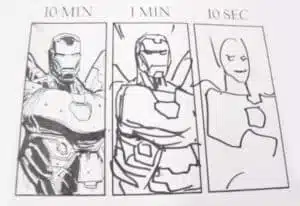
3.1. What Would Be My Print Volume?
It’s crucial to consider your print volume when choosing your printer. How many prints do you need to produce on a daily, weekly, or monthly basis? Higher print volumes may require a more robust printer with higher production speeds.
The speed is, of course, critical if you need to produce a large volume of prints in a short amount of time. And if you want to improve your turnaround times, print speed is definitely a game changer, as well as the time required for the printer to warm up and the time it takes to change ink or media. But what about quality?
3.2. What’s Behind Print Quality?
The importance of quality in prints when selecting a wide format printer cannot be overstated. Quality is a key factor that determines the success or failure of any printing project, and choosing a printer with high print quality is essential to ensure that your prints are of the highest standard.
There are several factors that contribute to the overall print quality of a wide format printer:
Resolution
Resolution is an important factor to consider when selecting a wide format printer. It refers to the amount of detail that can be captured in an image or document, and is typically measured in dots per inch (dpi). High resolution prints offer more detail and clarity, making them suitable for printing graphics and images with fine lines and small text.The quality of the artwork supplied is critical. The higher the resolution, the more detailed and accurate the prints will be. High resolution, however, does not necessarily indicate quality prints. It is also essential to consider the technology of the printer and its ability to produce the desired image quality.
Droplet size
In addition to the resolution, the print head of the printer also impact the overall print quality. Print heads with a higher number of nozzles will be able to produce finer, more detailed prints, while print heads with fewer nozzles will produce larger, less detailed prints.
Without going into the details, the printhead contains a series of nozzles that are connected to ink reservoirs. When the printer is in operation, the ink is forced through these nozzles, resulting in tiny droplets of ink being sprayed onto the printing surface. The size and number of these droplets (measured in picolitres), can be controlled, allowing the printer to produce high-resolution prints with a wide range of colors and shades.
The smaller the size of the ink droplets, the higher the resolution and the better the quality of the print. However, opting for a smaller droplet size also means more dots will be needed to generate the final image and the job will have to be processed more slowly and eventually with more passes. Of course, you can buy a machine with more and faster print heads, but the cost of the machine and the cost of maintenance will drastically rise.
So how do you know what droplet size will be best for a particular application? Unfortunately, there is no across-the-board answer but only some common sense. For example, banners or signs can be output with a droplet size of 3,5pl with an Epson DX4 print head and the results are unlikely to be perceivably worse than a machine with a head firing droplets of 12 pl. Meanwhile, billboards that will be viewed from a longer distance can quite be printed using an 80pl droplet size.
Side note, while droplet size is an important factor in determining the overall quality of a print, it is not the only factor to consider. The ability of the RIP software and the print engine to adapt and adjust to suit the specific needs of the final application ultimately determines the true value and effectiveness of different droplet sizes. But let’s keep it simple…
Ink type
Another factor that affects print quality is the type of ink used. Different inks have different properties and characteristics, and some inks are better suited for certain applications than others. For example, solvent-based inks are ideal for outdoor applications because they are resistant to fading and weathering, while aqueous inks are better suited for indoor applications because they are water-soluble and easier to clean up.
Media
Finally, the type of media used can also affect the print quality. Different media have different surfaces and absorbency levels, which can impact the way that the ink adheres to the media and the overall appearance of the prints.
To benchmark printers based on these factors, it is recommended to test print samples from each printer and compare them to determine which produces the highest quality prints. It is also advisable to review technical specifications and customer reviews to get an idea of the overall performance of the printer in terms of print quality.
3.3. Need for speed?
High speed does not equal high quality. Higher quality prints typically take longer, so look first at the quality level you desire and then at speed.
Do you require a machine that can razor-sharply reproduce dotted lines such as on technical drawings? Or perhaps you’d prefer a printer with best-in-class color accuracy? The balance between speed and quality will depend on the specific needs of your business or clients. If you need to produce large volumes of prints quickly, then speed may be more important. However, if you are more concerned with producing high quality prints, then you may need to sacrifice some speed in order to achieve the best results.
It’s important to carefully consider your specific needs and priorities when selecting a wide format printer to ensure you get the best balance between speed and quality.
4. Future-Proofing Your Printing Investment
As technology continues to evolve, it’s important to consider the long-term viability of your large format printer. Will it be able to handle the latest printing technologies and media? Can it be upgraded or retrofitted to keep up with changing market demands?
Another important factor that is often overlooked is the availability of spare parts over time. When purchasing a wide format printer, it is important to consider the availability of spare parts for the long-term maintenance and upkeep of the machine. The last thing you want is your printer to break down and not be able to find the necessary parts to fix it.
Choose a reputable manufacturer or supplier that has a good track record of providing reliable spare parts for their printers. This will give you peace of mind knowing that you will be able to get the parts you need when you need them, especially after the warranty period. And before making a purchase, do some research to find out the availability of spare parts for the specific model you are considering. Look for reviews and gather feedback from your peers.
Spare parts availability can vary greatly between manufacturers. Some, such as Roland, Mutoh and EFI, are known to have quick turnaround times and can supply needed spare parts within a week or two. Others, like Mimaki or Chinese brands, may take longer, with a waiting period of up to three months for common spares. It is important to consider this aspect when selecting a printer, as spare parts availability can impact the efficiency and productivity of your business.
5. What Features and Accessories Do I Need?
When it comes to wide format printers, there are a wide range of features and accessories available. Here are some of the most common features and accessories to consider:
- Media handling Solutions: Wide format printers are designed to handle a wide range of media, including paper, vinyl, fabric, and more. Some printers come with built-in rollers or other media handling systems to make it easier to load and unload media.
- RIP software: RIP (raster image processor) software is used to convert digital images into print-ready files. The quality and features of the RIP software can have a big impact on the overall quality of your prints, so it’s important to choose a printer with a high-quality RIP software.
- Finishing options: Many wide format printers offer finishing options, such as laminating, cutting, and creasing, to help you produce professional-grade prints. These options can be especially useful for producing banners, signs, and other promotional materials.
- Ink System: There are two main types of ink systems used in large format printers: tank systems and cartridges. Tank systems, also known as bulk ink systems, are large reservoirs that hold a large volume of ink and are typically used in solvent-based printers. These systems allow the printer to run for longer periods of time without needing to refill the ink as frequently, making them more suitable for high-volume printing. However, they can be more expensive to set up and maintain. Cartridge systems, on the other hand, are easier to set up and maintain, but require more frequent refills and are less suitable for high-volume printing.
- Connectivity: Most wide format printers are equipped with connectivity options, such as USB, Ethernet, and Wi-Fi, to make it easy to send files to the printer and retrieve finished prints.
6. What’s Your Budget?
Of course, budget is always a factor when purchasing a printer. It’s important to carefully evaluate the costs and benefits of each printer to determine the best value for your business. Be sure to consider not just the upfront cost of the printer, but also ongoing maintenance, ink and media costs, and any other associated expenses.
Here are some key factors to consider when determining your budget for a large format printer:
- Cost of the machine: The cost of the large format printer itself will vary depending on the brand, model, and features. You’ll need to decide whether you want to purchase the machine outright or lease it. Purchasing a large format printer can be a more expensive upfront cost, but it can also be a more cost-effective option in the long run. Leasing a printer may have a lower upfront cost, but you’ll need to consider the long-term costs of continuing to make monthly payments.
- Cost of maintenance: Maintenance is an important factor to consider when budgeting for a large format printer. You’ll need to factor in the cost of regular maintenance, such as cleaning and ink system flushes, as well as the cost of any repairs or replacements that may be necessary.
- Cost of consumables: Consumables, such as ink and media, can be a significant ongoing cost. You’ll need to consider the cost of these consumables as well as the frequency with which you’ll need to replace them.
Overall, it’s important to carefully evaluate all of these costs when determining your budget for a large format printer. By considering these factors upfront, you’ll be able to make an informed decision that aligns with your financial goals and needs.
Conclusion – Never Compromise on Your Needs
In conclusion, choosing the right printer for your business is a process that requires careful consideration and thorough research. While price is an important factor, it should not be the only deciding factor. Your daily printing needs should guide your decision. It’s important to consider your specific needs and goals, as well as the ongoing costs of operation and maintenance.
Don’t compromise on quality and performance, as these factors will ultimately impact your bottom line. When it comes to choosing a large format printer, it is important to find the right balance between speed and quality. On one hand, you may need a printer that can produce prints quickly in order to meet tight deadlines or handle a high volume of work. On the other hand, you want to ensure that the prints produced are of high quality, with crisp lines, vibrant colors, and a professional finish. There are several factors to consider when finding the right balance between speed and quality, including the type of printer technology, the resolution of the prints, selected media and the size of the ink droplets.
Remember to also consider the full cost of ownership, including the cost of consumables (ink, media) and maintenance, as well as the availability of the spare parts in the long run. By keeping these factors in mind, you can make an informed decision that will help your business succeed and grow.
Thank you for taking the time to read this white paper. We hope that this buyer’s guide has provided you with the necessary information and guidance to make a well-informed decision about which printer is the best fit for your business needs.
Ready to make a decision?
Now that you are educated about wide format printers, are you ready to make a purchase?
